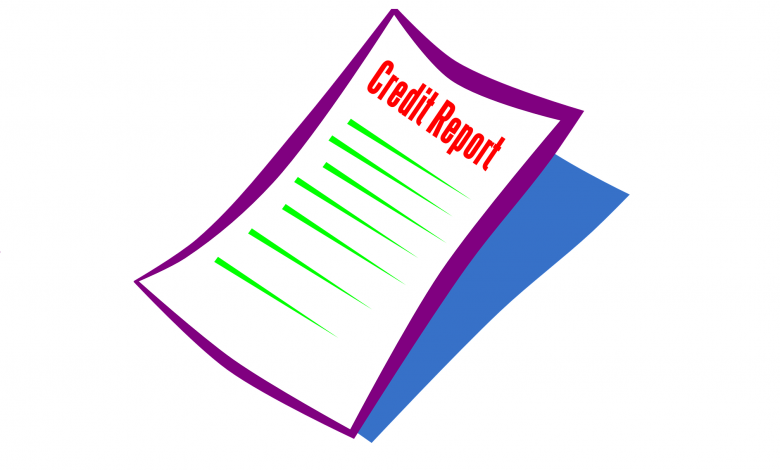Everything You Need to Know About FICO Scores

A FICO score is a consumer credit score generated by an analytical company based on data obtained from major credit bureaus. While most consumers are aware that they have a credit score, many do not fully understand how their scores impact their finances.
What exactly is a FICO score?
A FICO score is a credit score designed to analyze the risk of default when a consumer applies for credit such as a bank loan. It’s based on data from consumer credit files maintained by the three major national credit bureaus – TransUnion, Experian, and Equifax. Using information from these credit files, FICO generates credit scores for millions of consumers, with scores ranging between 300 and 850. Each consumer may have multiple FICO scores, as the scoring model is based on data obtained from the three separate credit bureaus, with the data varying depending on which bureau it comes from. FICO also generates separate scores to analyze risk for different types of lending situations.
Who generates FICO scores?
FICO scores come from the Fair Isaac Corporation (FICO). Founded in 1956, the analytics company started selling its credit scoring system in 1958. In 1995, Freddie Mac and Fannie Mae became the first companies to use FICO scores to analyze consumer credit risk for mortgages. Since then, FICO has revised the scoring model several times. The current FICO scoring model is the “NextGen Risk Score.” Introduced in 2001, the NextGen score also relies on data obtained from the three major credit bureaus. The bureaus, meanwhile, market the FICO scores generated using their data with different product names. For TransUnion, it’s the FICO Risk Score NextGen, while Experian touts their FICO Advanced Risk Score, and Equifax has Pinnacle. These three credit agencies also partnered in 2006 to create the VantageScore as an alternative to the FICO scores. The VantageScore, like FICO, ranges between 300 and 850 and is primarily used for consumer reporting. Financial institutions and lenders still rely on the FICO score, however, to assess risk.
How does your FICO score impact your finances?
As most consumer lending decisions depend on FICO scores, it remains an important factor in your creditworthiness. A low score impacts your ability to obtain auto loans, mortgages, and credit cards. Financial institutions and lenders use credit scoring for risk-based pricing. To offset the risk of default, lenders offer loans with higher interest rates for those with low FICO scores. Interest rates and approval for credit cards also depend heavily on FICO scores.
How can you maintain a healthy FICO score?
To maintain or improve a FICO score, it helps to understand how FICO generates scores. As mentioned, the company obtains data directly from the consumer credit files maintained by the three credit bureaus. And while FICO has not disclosed the exact formula used to calculate consumer credit scores, the company has revealed five influencing factors, with the weighting of each:
- Payment history: 35 percent
- Amount of debt: 30 percent
- Length of credit history: 15 percent
- Types of credit: 10 percent
- Recent searches for credit (or credit inquiries): 10 percent
To help your score, you’ll want to limit searches for credit, meaning you’d avoid applying for credit cards or loans when unnecessary. This is because when you apply, the lender performs a hard credit inquiry, and the FICO scoring model penalizes consumers for excessive inquiries over a 30-day time period. Maintaining multiple types of credit, on the other hand, improves a credit score. Common types of consumer credit include mortgages, auto loans, and revolving credit like credit or store cards. Lastly, debt and payment history have the most influence on FICO scores. Luckily, though it may not always be easy, these are actually the areas that consumers have the most control over.
Dealing with Debt to Improve a FICO Score
Your debt burden accounts for 30 percent of your credit score. The main metrics used in this category include the number of credit accounts, the amount owed, the amount paid on installments, and the debt-to-limit ratio. If your debt burden is hurting your FICO score, paying down the debt is the best solution, starting with the smallest accounts with the highest interest rates. Paying off one or two small accounts quickly reduces the total number of accounts with balances. After they’ve been paid, meanwhile, if the accounts do not include maintenance fees for maintaining a zero balance, you don’t need to close the accounts. Leaving them open (without debt) increases your debt-to-limit ratio. If the amount of debt is too substantial to pay down, a debt consolidation loan may offer a way out. This may negatively impact your credit score for the near future. However, if you maintain a positive payment history with the new consolidated loan, your FICO score should slowly recover and improve.
How Payment History Influences a FICO Score
Late payments and delinquent accounts hurt consumers’ FICO scores. Settlements, repossessions, bankruptcy, foreclosures, and liens are also included in this category. Many of these issues occur due to a failure to resolve a financial problem. When you start missing payments on a mortgage, you increase the risk of foreclosure. When you skip payments on a car loan, your vehicle may get repossessed. In many cases, the solution is to work with the lender to pay down past due payments. Lenders are typically willing to offer payment plans to help borrowers slowly pay down their late balances while maintaining current payments. For those with negative payment histories due to frequent late payments, consider enrolling in autopay. Almost every service offers autopay. When the option is not available, most banks provide automated check drafts for ongoing payments.
Latest Changes to FICO Scores
Along with taking steps to reduce debts and maintain consistent credit payments, consumers should pay attention to the latest changes to FICO scores. FICO has overhauled its credit scoring model many times over the decades. With each change, a consumer’s score may increase or decrease. For example, FICO recently announced its latest scoring models, FICO Score 10 and FICO Score 10T. The new scoring models are designed to place heavier penalties on late payments and delinquent accounts. Those with low scores to begin with under the previous scoring model may receive even lower scores, creating a larger gap between consumers with poor credit and those with good credit. FICO Score 10 will also emphasize credit utilization when calculating scores. Maintaining less debt and higher credit limits will have a bigger impact on the new scoring model. FICO is expected to adopt the new scoring model by the end of 2020. This gives consumers with delinquent bills and late payments a chance to improve the health of their FICO scores before the changes arrive.
Credit scores have a huge impact on personal finance. Understanding your FICO score, what impacts it, and what changes may be coming that could influence it can help you maintain a healthy score, or focus on the areas that need improving if you’d like to see a higher number next time you check your credit.



